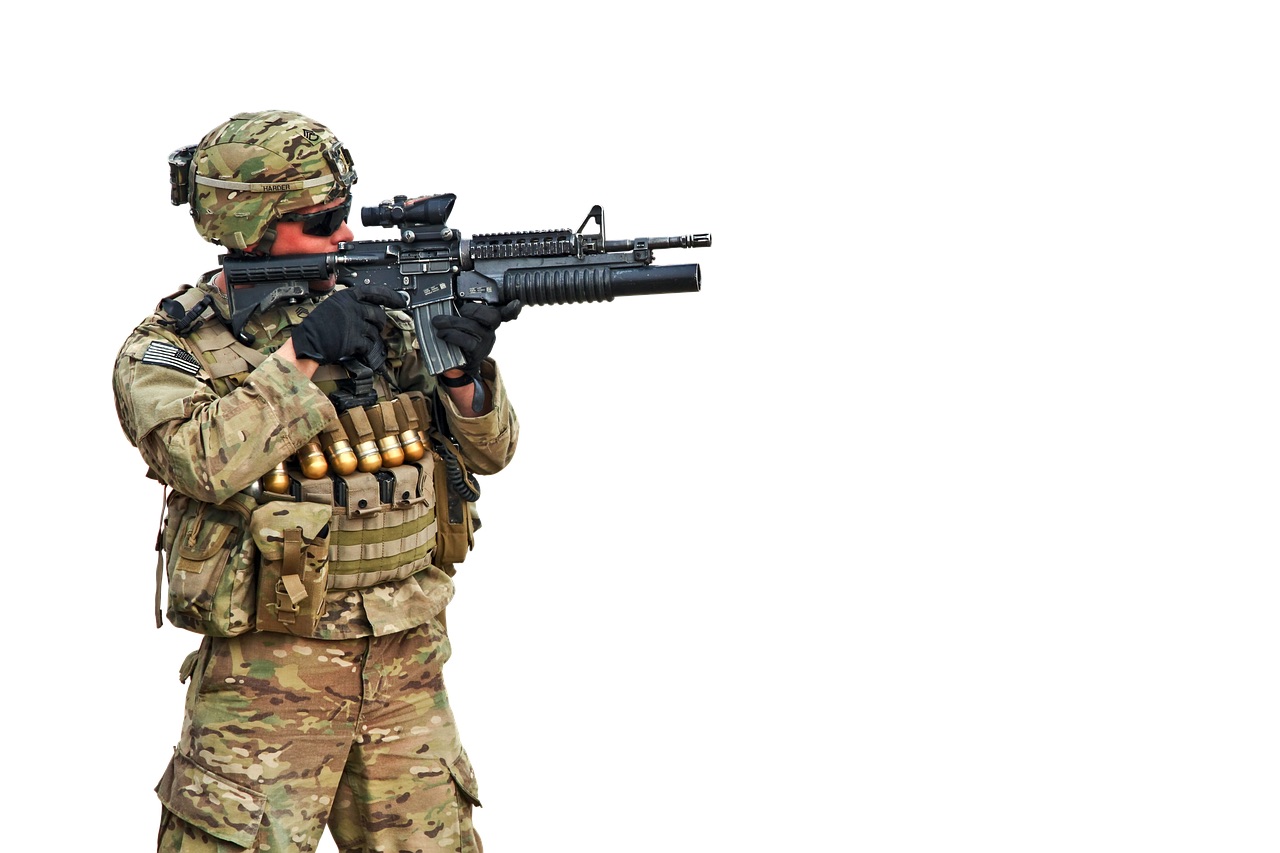
We are well through a good chunk of our interview season. So, it’s about that time for me to start making predictions for the up-and-coming 2022 match as I have done for the previous years. Check out my blog for last year called From The Trenches! How Competitive Is Diagnostic Radiology For The 2021 Match? Based on last year’s predictions, it seems I was pretty close to the mark if you compare my thoughts to the NRMP stats. My goal is not to freak everybody about getting to residency. Instead, I want to paint as realistic of a picture as I can for those applying to give them some expectations of the process. Let’s see if I can also get it right for this year. (Hell, a broken clock is right twice a day!) Like last time, let’s use some of the objective and more subjective criteria to determine the application competitiveness.
Moreover, this year, we can make a fairer comparison between the interview candidates because we are directly comparing two zoom interview years. It’s more of an apples-to-apples comparison than last interview season when we didn’t have such a comparison. Hopefully, that will make my conclusions even more precise than the previous year.
“Objective Criteria” For The 2022 Match
Applicant Board Scores
Alright, let’s start with the obvious. The board scores are noticeably higher than last year when it comes to our applications. And, I would say a significant five to ten points higher. Although not the norm, scores above 260 are sometimes seen, more commonly than last year. Therefore, we have raised our cut-off slightly this year due to this increase. That certainly bodes well for the applicant pool, but not so much for the individual.
Interviewing Less Foreign Grads
At a smaller institution like ours, we tend to get more foreign grads than some of the bigger programs. That, of course, may change to some extent when we eventually merge. Nevertheless, the number of foreign grads invited to interview slots has decreased slightly. Why? It seems there are more local U.S. grads from which to choose. Now, I have traditionally loved our foreign medical school-trained residents, but our program obligates us to peruse the U.S. applications first. Be that as it may, I perceive a noticeable difference in the numbers of American medical school applicants to our program this year.
Fewer Zoom Cancellations
So, far I have also noticed fewer zoom canceled interviews at this point. Usually, folks get tired of interviewing by the midpoint of December, and the numbers begin to drop off a bit. This trend is not so much the case so far this year. Our interview days have been chock full of eager applicants. That also points to a more competitive year.
“Subjective Criteria” For The 2022 Match
More Interesting Applications
Every year has its fair share of interesting applicants. But, this year, the pool seems more varied. I see more “self-starters” like former business owners, high-performing talented musical folks, and folks with many other impressive side hobbies and unique talents. This increase seems to happen more often with a more competitive pool of applicants.
“The Covid Factor”
This year is the first year where applicants had a decent amount of time to mull over applying with the effects of Covid playing a role in their future specialty choice. For many applicants, this is where radiology begins to look even more attractive. First of all, many applicants have thought about and noticed the flexibility of specialty regarding patient care. Some folks have realized they may not have wanted to spend as much time with covid positive patients as, say, an internal medicine physician. Unlike other specialties, we can sometimes work from home and not have to worry about contracting and spreading Covid all the time.
Furthermore, many applicants see the critical role that we play in the diagnosis and management of Covid. To some, this is an attractive feature of radiology. Regardless of the motives, I see the “covid factor” making radiology a more attractive specialty than ever before
“Good Job Market”
The job market has been going strong in radiology for several years, except for the sudden blip/drop-off of the initial covid outbreak. When the job market has been relatively strong for some time (usually a few years), medical students begin to notice when salaries are relatively high, and the job market is healthy. Indeed, that situation has been active, and I believe it will remain this way for the foreseeable future (until the next market swing!)
My Final Assessment Of Our Radiology Competitiveness For The 2022 Match
Sorry to those that are worried about this year’s competitiveness. But, I see a significant uptick in the competitiveness in the application situation. I have found it noticeable compared to last year. But, the devil is in the details. Let’s see what the folks at the NRMP have to say in March!











